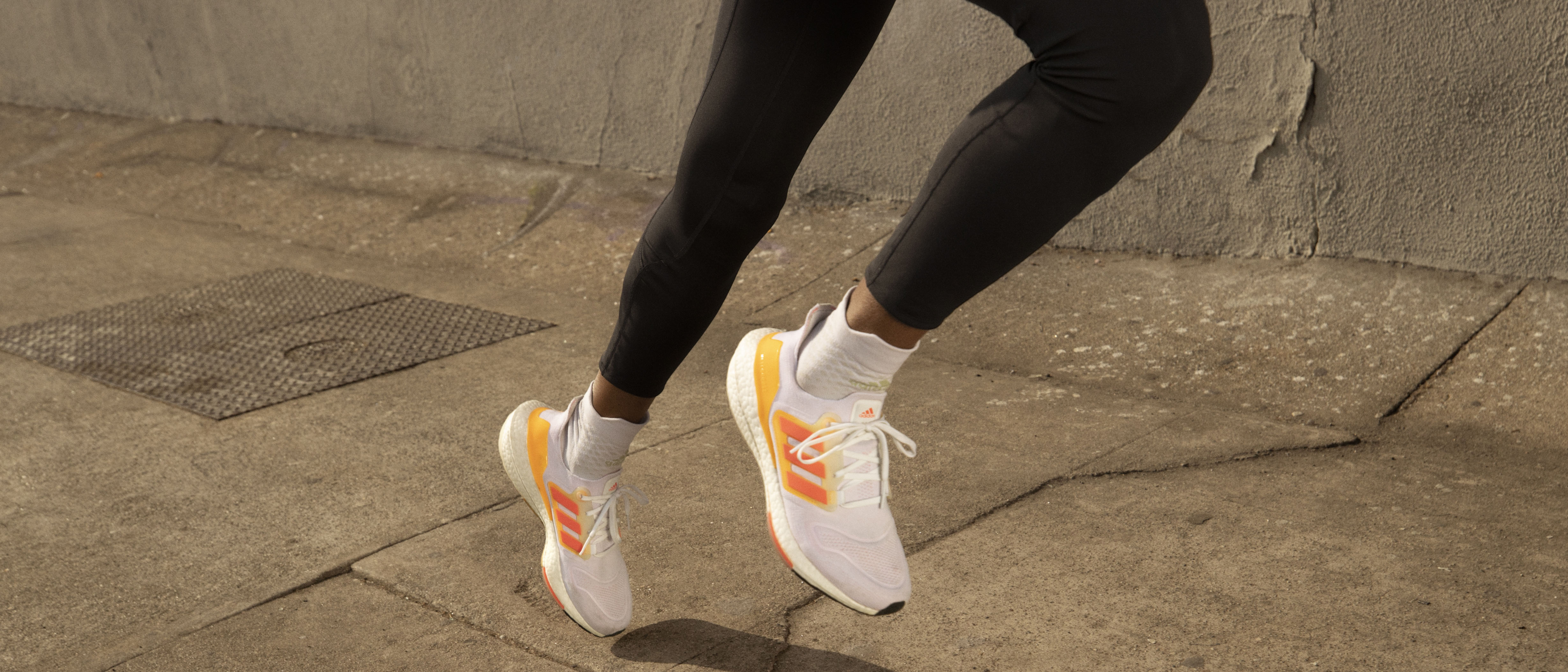Live Science Verdict
An extremely comfortable and very stylish workhorse of a running shoe
Pros
- +
Very comfortable straight out of the box
- +
Superior responsiveness to previous models
- +
Light for such a chunky looking sole
Cons
- -
Definitely not a fast shoe or for racing
- -
Toe box is very snug
Why you can trust Live Science
The Adidas Ultraboost 22 was designed with the sole aim of creating a shoe that was truly designed for womens feet, not just a smaller version of a men’s running shoe. Sifting through data from a study of over a million feet that showed distinct differences between men and women, Adidas found that women’s feet and heels tend to be narrower than mens, and the average instep is also shorter.
There may be no great surprises in this data, but the all-female Adidas team were well aware that many running shoes are simply unisex ones, and the women’s version simply just a ‘smaller’ version of mens. And so they tweaked their last – the tool that is used to mould shoes – to truly reflect the anatomy of the female foot.
The resulting Ultraboost 22 looks slimmer in the forefoot than the previous iterations, and the whole heel pocket area is narrower. The outsole, too, has been redesigned. And the resulting feel? A shoe that hugs your foot closely and is form-fitting, but not too tight. These are comfortable, supportive, cushioned shoes that fit exactly how running shoes should fit and could easily be worn all day. Plus, they look great too - attributes that qualified them for a place on our tried and tested roundup of the best running shoes for supination.
How we tested
I tested this shoe on multiple short easy runs (around 4-5 miles) and two longer ones (10 miles and 13 miles). I also tested the shoe on a treadmill, on wet roads after a downpour and on the trails of a local park.
Build and cushioning
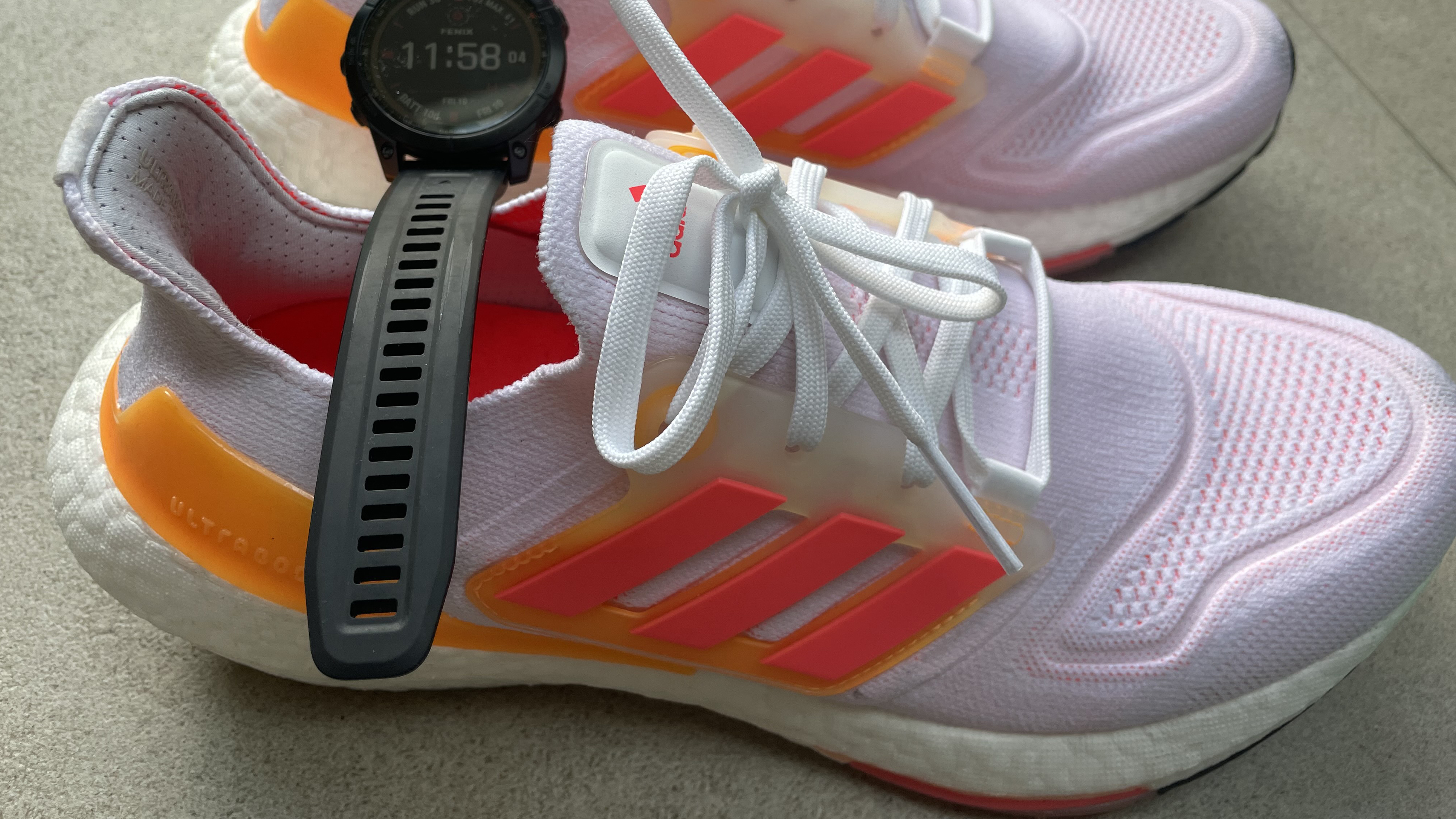
The research that Adidas scoured when designing the Ultraboost highlighted something else that may seem obvious: women’s hips are wider, on average, than mens. While this might not seem entirely running-focused, it can have a knock on effect. Or perhaps more accurately a knock-down one: if your hips are wider, the angle at which your legs and feet come in from the hip towards the ground is obviously wider too. The result of that, say Adidas’s team, is that women are, on average, slightly more likely to overpronate than men.
So to try and counteract that, the team that designed the Ultraboost 22 gave it a new outsole. It’s slightly odd-looking, flaring out as it goes down, particularly around the heel area. If you were to ask “Do my feet look big in this?” the answer would be a definite yes. But that sole has a function – it has larger, longer and more flexible “holes” in it than that in the male version of the shoes, the idea being that they can open more on landing, allowing the patented Adidas Boost foam in the midsole to expand, and hence give greater support/cushioning on landing. However these are still very much a neutral shoe – you can’t feel any specific arch support as in some other models.
That’s the theory. And in practice what that feels like is a lovely, soft but bouncy ride. You can really feel the cushioning – 22mm high at the rear and 12mm at the front, so a drop of 10mm. But while some cushioned shoes can feel a little brick-like, the Ultraboost still feels pretty light.
Design and upper
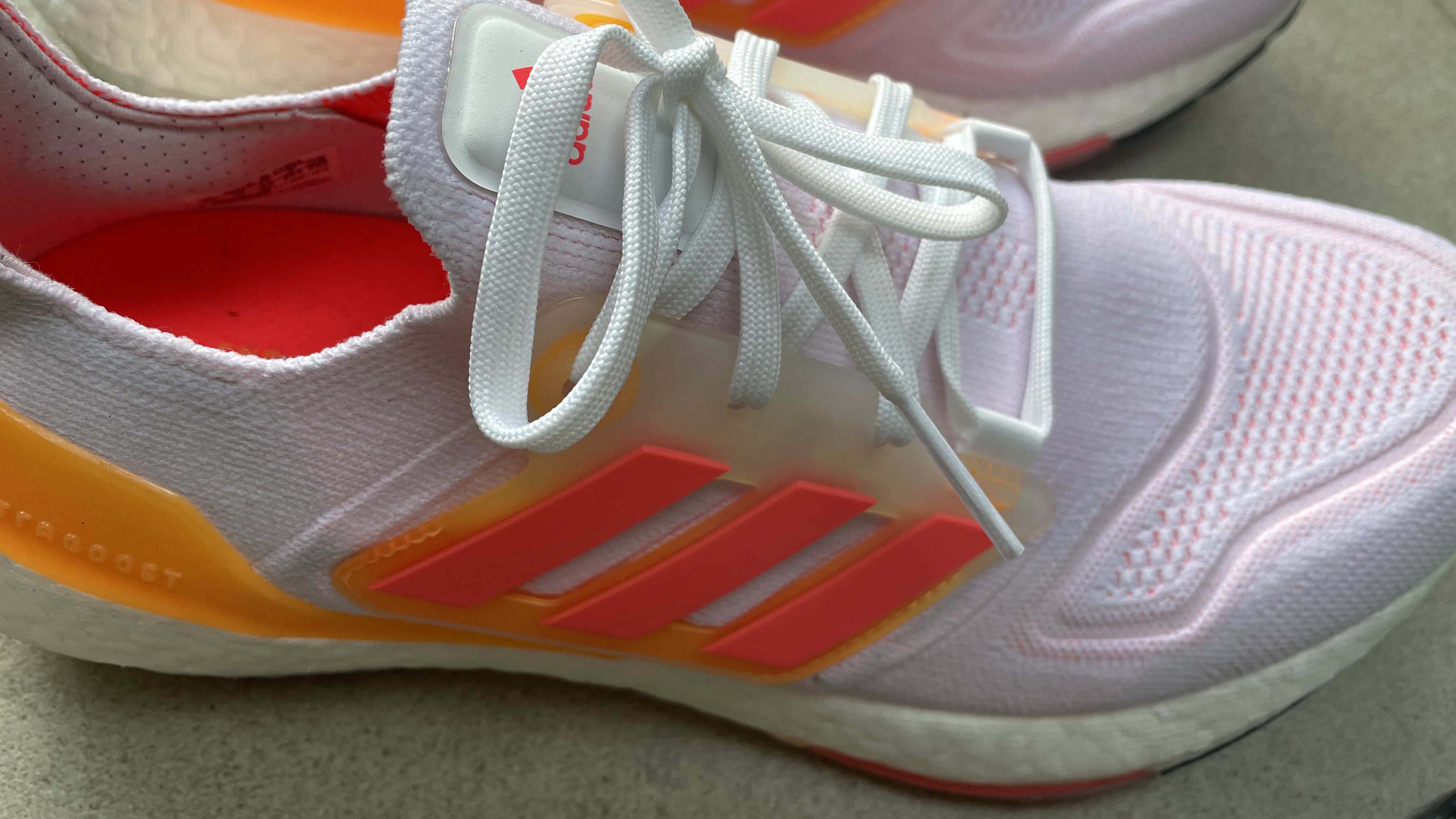
The fit of the Ultraboost 22 really is very sock-like and snug. The Primeknit upper – made from 50% recycled Adidas Parley ocean plastic – holds and cups the foot really nicely. And it looks great – tastes of course vary, but if you like Adidas design, it’s a classic.
It’s such a snug fit that the lacing seems almost redundant, though of course it ‘locks in’ the foot more securely, and can be adjusted to preference. The three classic Adidas stripes that hold the lacing in a kind of plastic cage really stand out against the Primeknit (and some people found the previous models uncomfortable in this area, with the cage rubbing the top of the foot) but these are instantly forgotten once you move – as is the surprisingly high Achilles-tendon covering area of heel fabric at the back. Many runners also reported finding this a real weakness of the previous Ultraboost version (21) with not enough support leading to chafing and blisters. That has most definitely been fixed.
At 283 grams, it’s not the lightest shoe on the market, but then you wouldn’t expect a cushioned workhorse to be. In fact given how chunky the sole looks around the heel, you’d expect it to weigh more than it does.
Outsole
It's made of Continental rubber, which really does give the shoe some serious grip for what is really a road shoe. While you might not want to trash the pretty light coloured versions in mud, they certainly coped with wet leaves, rain-sodden pavements and the like with ease. Over the course of multiple runs, there was almost no visible wear in this area, too.
Performance
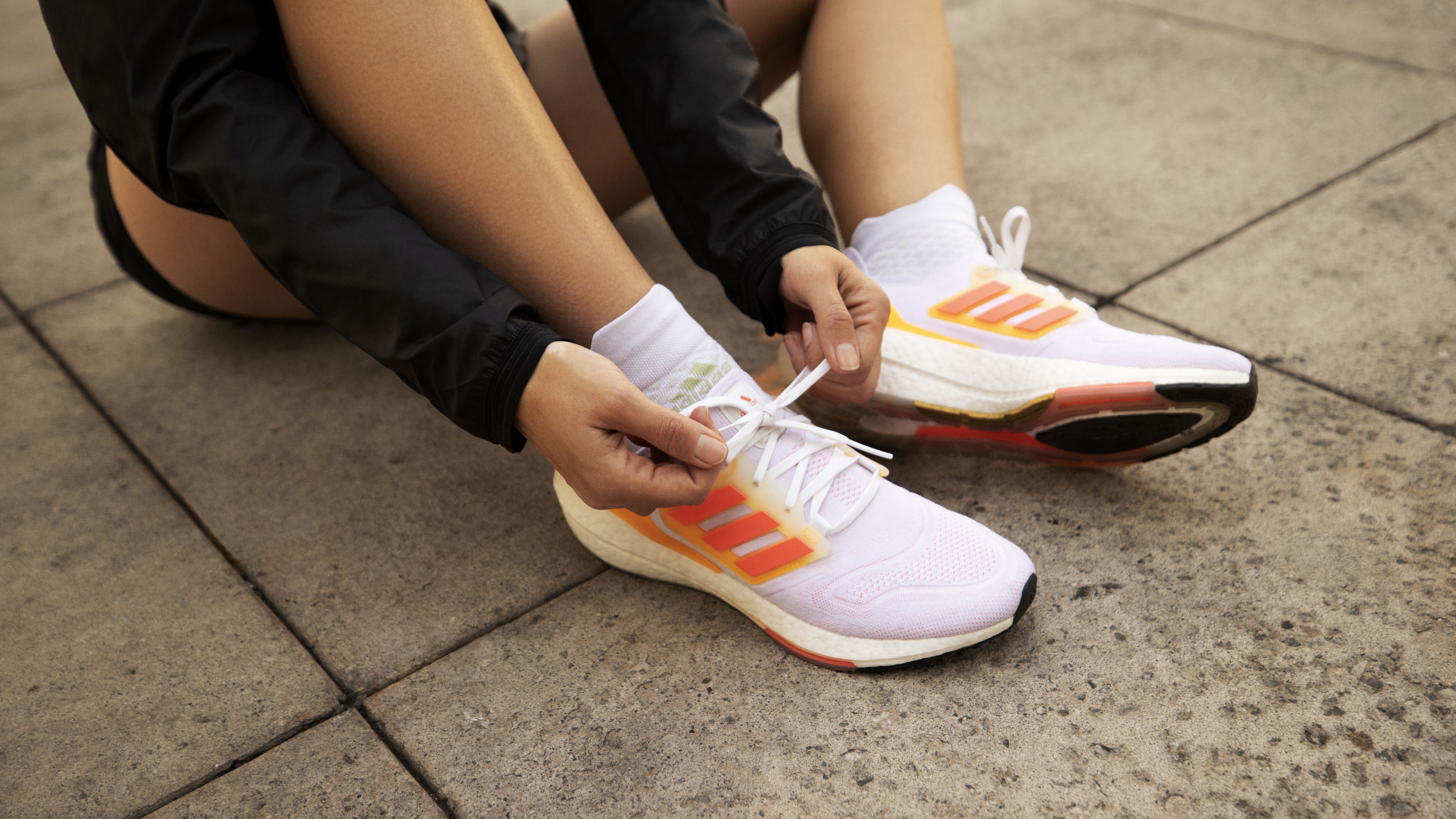
That 10mm drop and the cushioning around the heel really does feel like it’s rolling you forward nicely. There’s a certain amount of bounciness – the feel is certainly more responsive than the squishier cushioning of some of the previous Ultraboost models and they feel like they give you a little more energy back. Having said that, they certainly aren’t a ‘high energy return’ shoe – you might be able to do a few strides in them, but they aren’t for training at speed or racing.
And if there’s a downside of this shoe, it is the snug fit. Adidas shoes have historically fit fairly narrow – though I found these true to size. But given the tight fit of the upper, this shoe may not suit those with wide feet. The material does seem to have a lot of stretch, though, and while the toe box is certainly snug, it feels more restrictive in an upward direction than in width.
Verdict
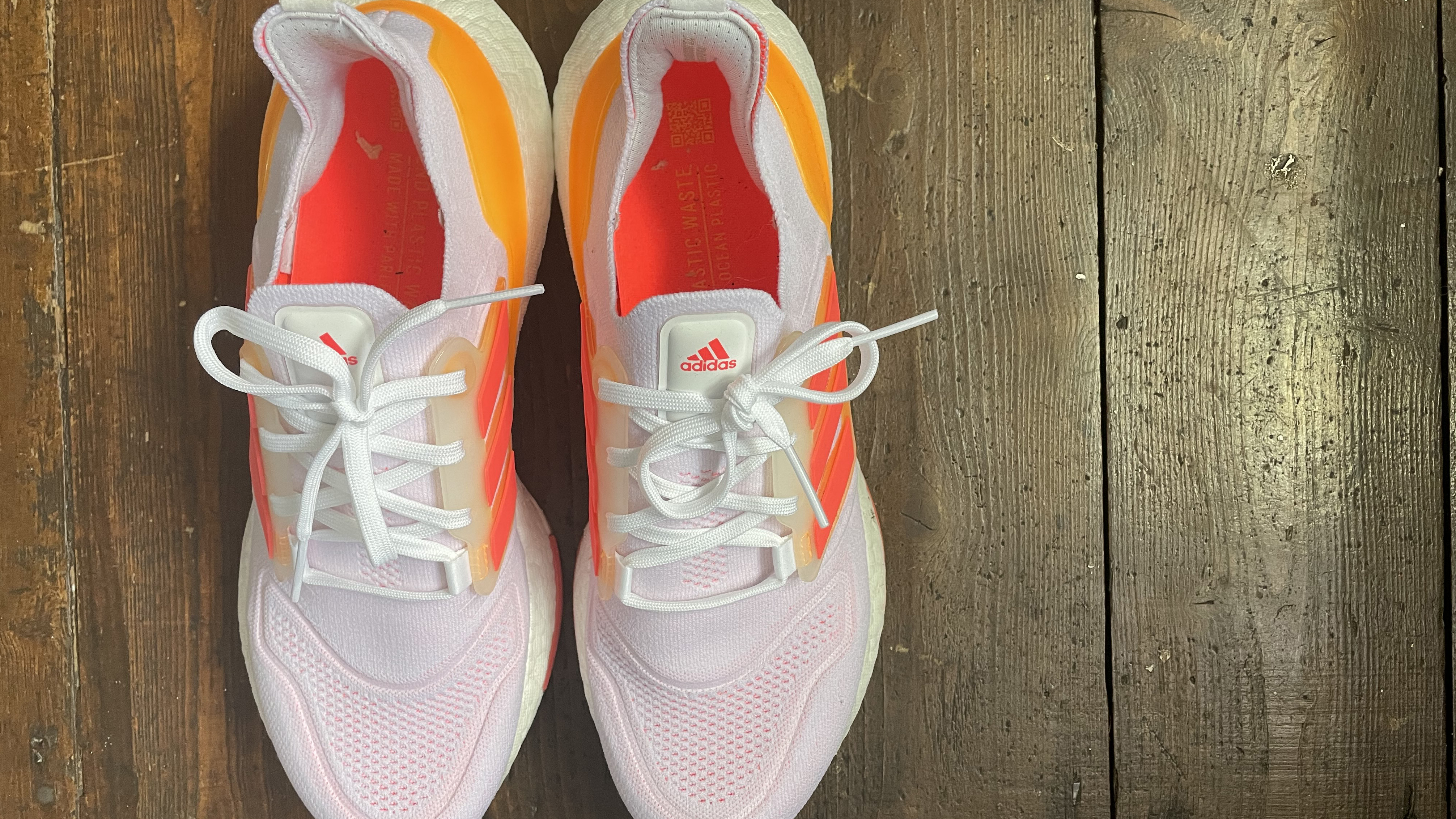
The Ultraboost 22 really does feel like a step-change from previous iterations, offering a more responsive feel combined with a blissfully kind amount of cushioning. These are a great shoe for easy miles, long runs, the tired legs of frequent runners, or someone who feels that their form is quite ‘heavy’. That doesn’t necessarily equate to weight, it’s just the superior cushioning makes you feel like your joints are getting a gentler ride.
What they aren’t, is fast. You wouldn’t wear these shoes for anything other than “easy” pace, though for that, they do a brilliant job. Despite the science behind the sole – and the awareness that women are more likely to overpronate – they are definitely a neutral shoe. And though the fit is snug and supportive around the foot itself, they certainly aren’t for a runner who needs more stability in their shoe or in the arch area.
All in all, the research put into these shoes may seem to have resulted In only tweaks here and there, but the sum total of that is to offer a truly new Ultraboost that really is impressive, comfortable, bouncy – and looks pretty swish too.
Alternatives
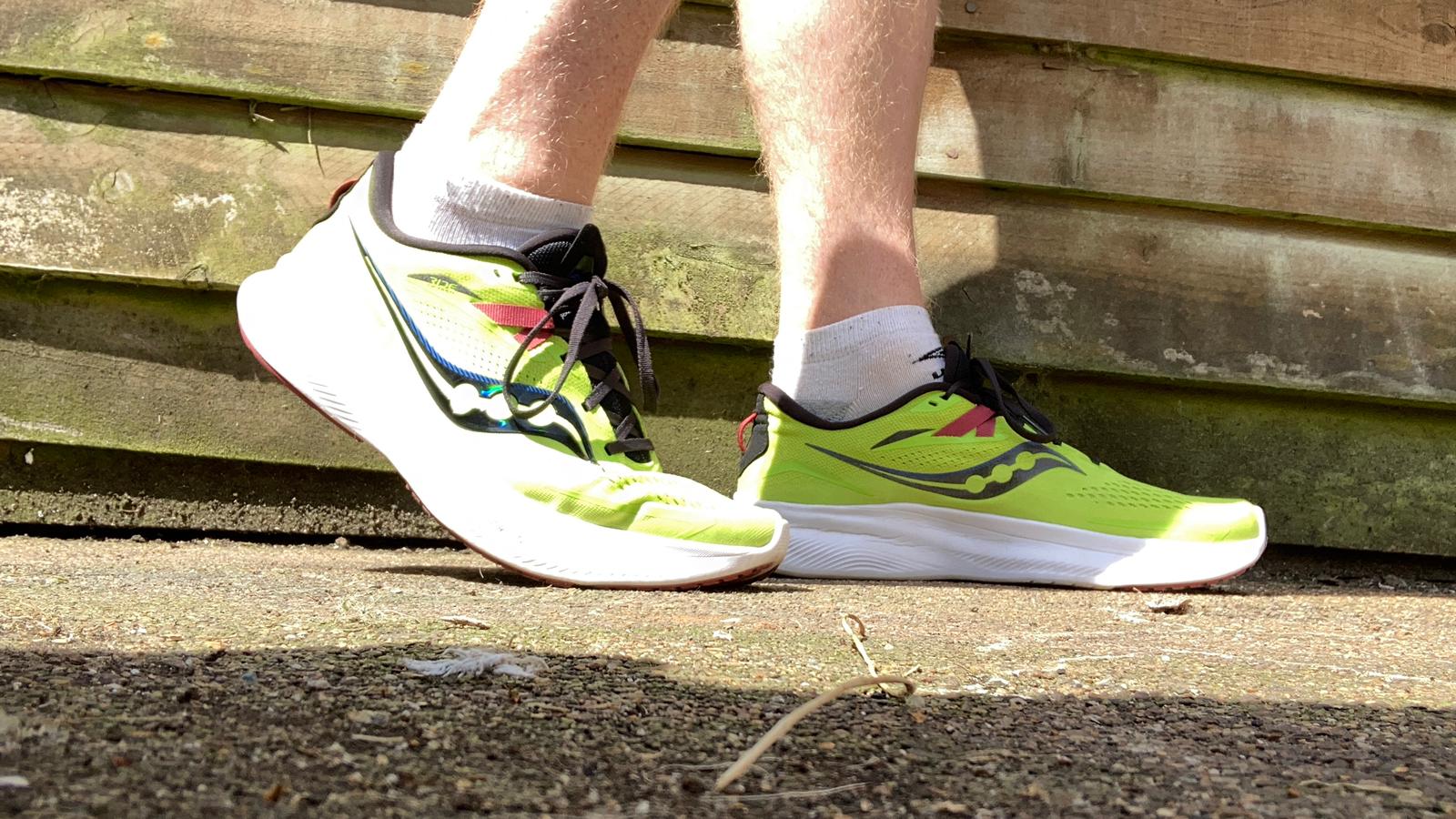
Reebok Floatride: For beginners or occasional runners who want a shoe that they could also wear to the gym, and for a bargain price, the Floatride are a good choice.They are lightweight and have a less cushioned, more “natural” feel - though they do also have a narrow fit.
Alternatively, the Saucony Ride 15s (above) are another neutral workhorse of a shoe, with plenty of cushioning, but in a more traditional design. The Ride 15 is a more responsive shoe, so while it’s great for slow easy runs too, it could also give you a bit of pace when needed as well.
Kate Carter is an experienced journalist who worked for the Guardian for a decade before going freelance. She writes for the Guardian, Runners World, and World Athletics amongst many other publications, and presents for The Running Channel. She is also a sub three hour marathon runner and an England Athletics coach.
